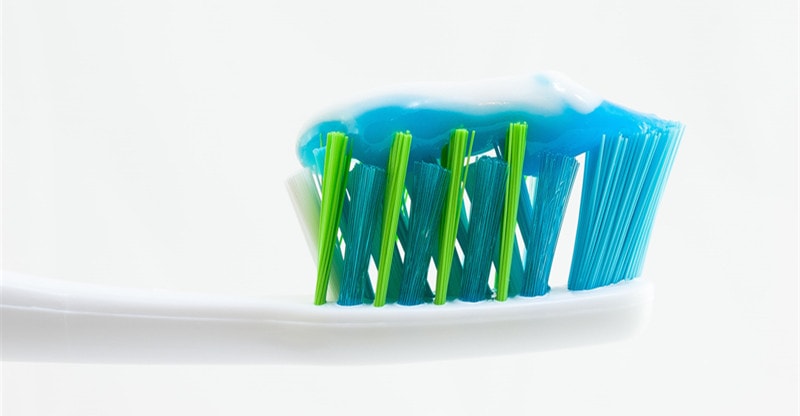Proper Ways Of Brushing And Flossing Of Teeth To Avoid Infections
Dental Health practices have been taught to you since childhood. It is one practice that is imbibed to children as early as the first few months.
It is especially important in young children so they can build good hygiene and dental habits as it is the age when teeth emerge to become permanent fixtures in the mouth. Taking good care of your teeth will ensure that you will not encounter problems like gum disease, cavities, and bad breath.
Although the basics have been taught consistently by your parents, you might be doing the proper way of brushing and flossing your teeth. This could still lead to some infections because you don’t thoroughly clean out food debris and other remnants in there.
Infections in the mouth are a hindrance to eating and speaking properly. They could induce great pain and headache so it is important to avoid that. Practice the following so you can get the maximum benefits of brushing and flossing your teeth.
Brushing Properly
Proper brushing starts with the right tools. Use a soft-bristle brush with the right size- as long as it fits comfortably in your mouth. You can use motorized brushes as they do an excellent job of removing plaque from the teeth. Replace your brush every three months Choose a toothpaste with fluoride to avoid tooth decay.
There are many options for toothpaste to try for sensitive teeth, dentures, and whitening. You can also make DIY toothpaste made with all-natural ingredients. There are ones that can be swallowed made for babies to train them while cleaning their primary teeth.
When you brush, do the up and down, back and forth, and circular motion. Adjust your grip so your brush can turn sideways to reach areas you might miss. According to this experienced cosmetic dentist in Staten Island, you should tilt the brush at a 45-degree angle. Do this over and over again for at least two minutes. Rinse your mouth properly to dispense everything you have removed from the mouth. Don’t put too much pressure on the gums to avoid bleeding. It is generally acceptable to brush twice a day but for the best, do it every time you eat.
Using Dental Floss Effectively
All the parts of your teeth cannot be reached by brushing alone so you need to keep a dental floss handy all the time.
According to dental care experts at HolisticDentistryUSA.com, a dentistry specialist website based in Tennessee, plaque and tartar buildup is common between the tight spaces of the teeth which can cause damage, yellowing, and even gum and teeth infections and diseases. Flossing right away will remove those missed particles after brushing the teeth.
Do not attempt to skimp your floss and reuse parts. Unwinding fresh floss will ensure that you don’t put back what you have already removed. While gripping the floss tightly between your thumb and forefingers, glide it gently in between the teeth and rub slowly covering all the surface of one tooth before switching to the other side.
Be careful not to rub on the gums because it might lead to bleeding. Do it one tooth at a time, threading each one in an up and down motion. If you don’t want to use floss, you can try using other interdental cleaners. A pre-threaded flosser is very common and practical because it is easy to use for fast cleaning. Rinse the mouth once again to make sure everything is flushed out.
Gargle Frequently
This is the simplest step in this process, you just have to gargle. Especially when you just woke up in the morning. Gargling will make sure that you flush out anything that remained in your mouth while you were asleep. If you want to lubricate and ease the throat area, you can gargle with a mixture of salt and warm water. This is true especially for those who are prone to problems with their tonsils and nasal.
Even before brushing, you have to gargle because this helps in two ways. First, it removes food particles large enough to be flushed by water so it will not sit and swirl around. Second, it will make it easier for you to brush your teeth because it will facilitate a smoother gliding of the bristles.
Old habits are difficult to change but it is necessary to adopt better ones to ensure that you get the maximum results out of your oral routine. It really begins with discipline and commitment to do the right way. Practicing proper brushing and flossing helps maintain proper oral hygiene to fight against decay and infection.



